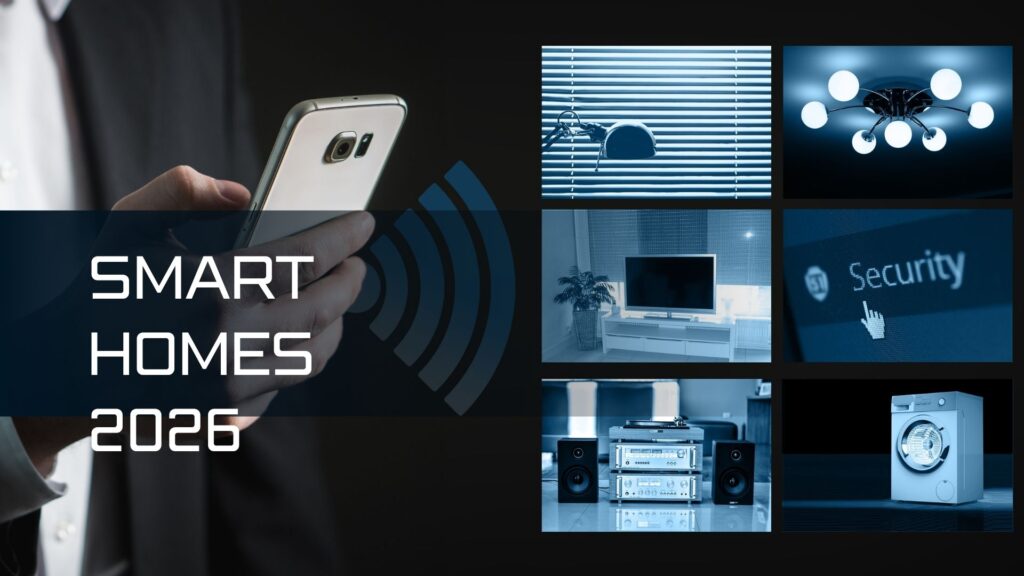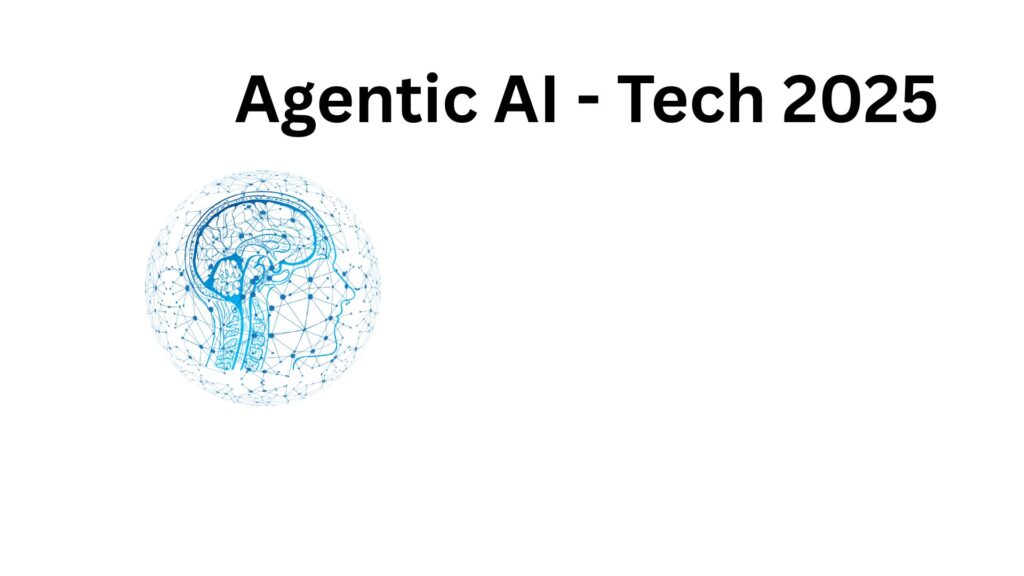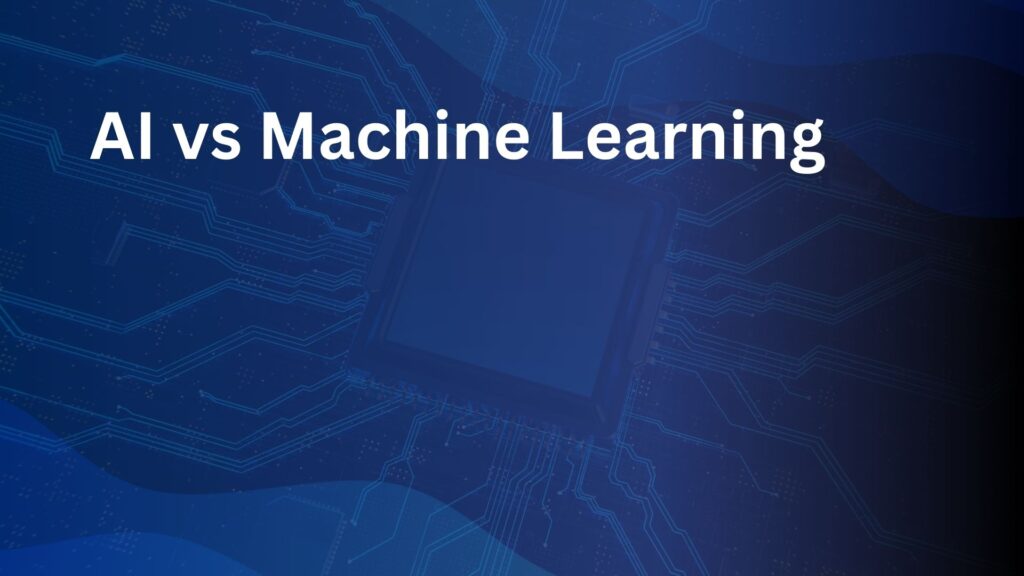In my opinion, technology is more than just innovation — it’s about how it connects, simplifies, and transforms our daily lives. I personally believe every new invention tells a story of progress and purpose, and that’s what I love exploring through my articles.
Getting Started
Smart Homes in 2026 are no longer just futuristic concepts—they are quickly becoming part of everyday living with connected devices and automation.The future of homes is becoming smarter every year. In 2026,IoT devices matter more than ever ,changing how people live, connect, and handle daily tasks . From security systems that learn your habits to appliances that save energy, smart homes are not just a luxury anymore — they’re becoming common of modern living.
This article explores how IoT devices are shaping the future of smart homes, the benefits they bring, and what challenges still need to be solved.
The Benefits of Smart Homes in 2026
“The benefits of Smart Homes in 2026 include energy savings, convenience, and enhanced security through advanced IoT devices.
What Makes IoT Devices Essential for Smart Homes?
IoT, or the Internet of Things, refers to devices connected through the internet that communicate with each other. These devices are the main support of smart homes in 2026.
- Connectivity: Devices like smart lights, thermostats, and sensors work together smoothly .
- Convenience: Everyday tasks such as turning on lights, controlling temperatures, or locking doors can be done automatically .
- custom settings: Devices adapt to user preferences,making homes feel personal and comfortable .
Smart Security and Privacy in 2026
One of the biggest areas where IoT devices are making a difference is home security.
- Smart locks now allow you to use your phone or even your face to unlock doors.
- smart cameras can spot strange activity and send real-time alerts.
- Motion sensors increase safety by watching for unusual movements .
🔒 While these features are impressive, privacy remains a concern. In 2026, more homeowners are using secure systems and local storage to keep their personal data secure.
Energy Efficiency and Sustainability
Smart homes are also helping in cutting down on electricity and water use .
- Smart thermostats change the temperature based on habits.
- Energy-monitoring plugs show which devices consume the most power.
- Smart irrigation systems help save water in gardens by using weather forecasts.
By using IoT, households in 2026 are lowering their environmental impact while also saving money on bills.
The Role of Voice and Automation
Voice assistants have become the center of many smart homes . Whether it’s asking for the weather, playing music, or controlling the lights,automation is easier than ever .
- Voice integration allows hands-free control.
- routines make many devices respond to one command — for example, saying “Goodnight” can turn off the lights, lock the doors, and lower the thermostat.
Automation not only makes life easier but also makes things easier for seniors and people with disabilities.
Entertainment and Lifestyle Upgrades
IoT devices are also enhancing entertainment and lifestyle.
- Smart TVs provide custom suggestions.
- Multi-room speakers play music in the whole house.
- Smart kitchen tools suggest recipes and help with groceries.
In 2026, smart homes are turning into lifestyle centers where every task feels smoother and more enjoyable.
Challenges of IoT in Smart Homes
Despite the many benefits, there are still challenges:
- Privacy risks: hacking and data misuse are still problems.
- Device working together: Not all brands work together easily.
- High costs: While prices are falling, fully connected homes can still be expensive.
These challenges are being addressed gradually with better rules, stronger security, and lower costs.
The Future Outlook
By 2026 and beyond, smart homes are expected to become more self-working devices. Instead of reacting to commands, IoT devices will guess your needs and act before you say anything. Imagine your home changing lights based on your mood or preparing coffee as soon as your alarm goes off.
With 5G and 6G, IoT devices will be faster, more reliable, and better.
Final Thoughts
IoT devices are no longer extra tools anymore; they are the base of smart homes in 2026. From security and energy savings to convenience and lifestyle improvements, IoT continues to shape the way we live. While challenges exist, the future of smart living looks bright, connected, and very personal.Looking ahead, Smart Homes in 2026 will continue to shape the future of modern living by making life more comfortable, secure, and efficient.
Enjoyed this article? You might also find my previous post helpful: [ https://techhorizonpro.com/5g-vs-6g-whats-next-for-internet-speed-in-2026/ ]
Written by Muhammad Zeeshan — a passionate tech enthusiast who loves exploring how innovation, AI, and digital tools are shaping the modern world.
I write with curiosity and clarity, aiming to make complex technology simple and useful for everyone.
If you enjoyed this post, check out my latest article for more insights on emerging tech trends and future innovations.




Pingback: The Rise of Spatial Computing in 2026: A Beginner’s Guide - techhorizonpro.com